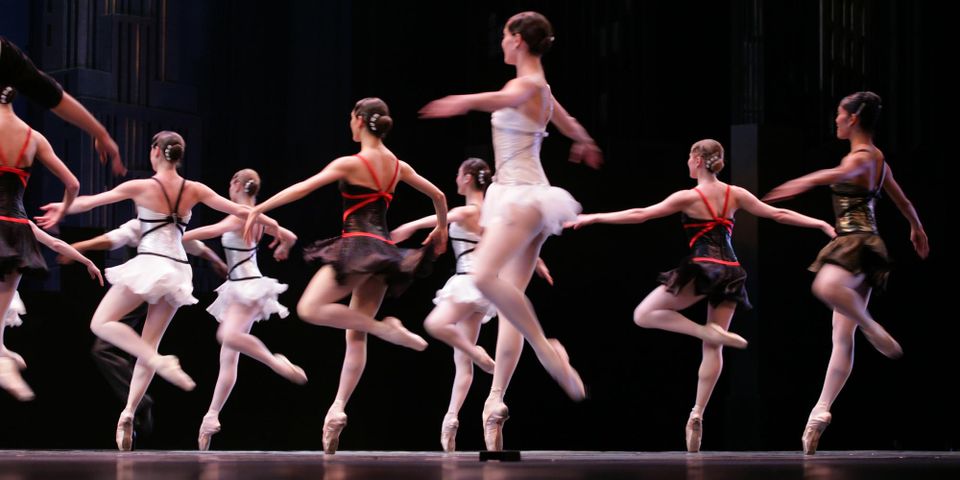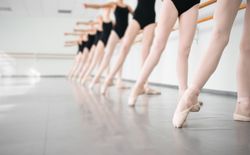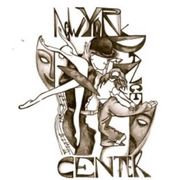
Ballet is one of the most beautiful forms of dance. By integrating breathtaking movements, elegant costumes, melodious music, and stage sets, ballet tells structured stories with dynamism and grace. You can learn about the fascinating history of this formalized dance technique below.
How It Began
Ballet dates back to the 15th century. During the Italian Renaissance, dance masters taught noblemen and women graceful moves. They then put on performances with the rest of the court during lavish celebrations.
By the 16th century, French courts were funding elaborate dance festivals, spurred on by Catherine de Medici, an Italian noblewoman who married King Henry II of France. Her programs included decor, scenery, costumes, songs, and poetry.
Roughly a hundred years later, King Louis XIV set out to standardize this form of dance. His commitment to the many roles he danced elevated ballet to a revered form of artistic expression, and dance academies started opening in Paris and beyond.
It wasn’t until the mid 18th century that ballet began to stand on its own. Dance master Jean Georges Noverre spread the notion that the movements were enough to awe and inspire—the rest of the elaborate spectacles were optional.
Ballet Today
 The narrative techniques performed today evolved from Noverre’s work. During the first half of the 19th century, ballet became the recognizable form of dance it remains to this day. It was around this time that ballerinas started dancing on the tips of their toes, or performing “pointe work.”
The narrative techniques performed today evolved from Noverre’s work. During the first half of the 19th century, ballet became the recognizable form of dance it remains to this day. It was around this time that ballerinas started dancing on the tips of their toes, or performing “pointe work.”
They also donned tulle tutus, which were calf-length at the time. The dance became especially popular in Russia, where it soared to new heights with help from gifted composers and choreographers.
By the 20th century, ballet began to branch off into different forms, which are still practiced widely today. George Balanchine introduced neo-classical ballet, for example, which uses minimal sets and simplified costumes. He also popularized plotless dancing, which doesn’t tell a story like the traditional ballets do.
Instead, the dancers attempt to illustrate the music through movement. Classical ballet remains alive and well and has a place on stages around the world.
If you’re interested in learning ballet, turn to New York Dance Center in Chester. This locally owned studio welcomes students of all ages. Comprised of professional dance instructors, their team has had extensive training in ballet, tap, jazz, hip-hop, lyrical dance, and musical theater. To learn about their upcoming dance competitions, visit their website. To enroll in a class, call (845) 615-1433.
About the Business
Have a question? Ask the experts!
Send your question

